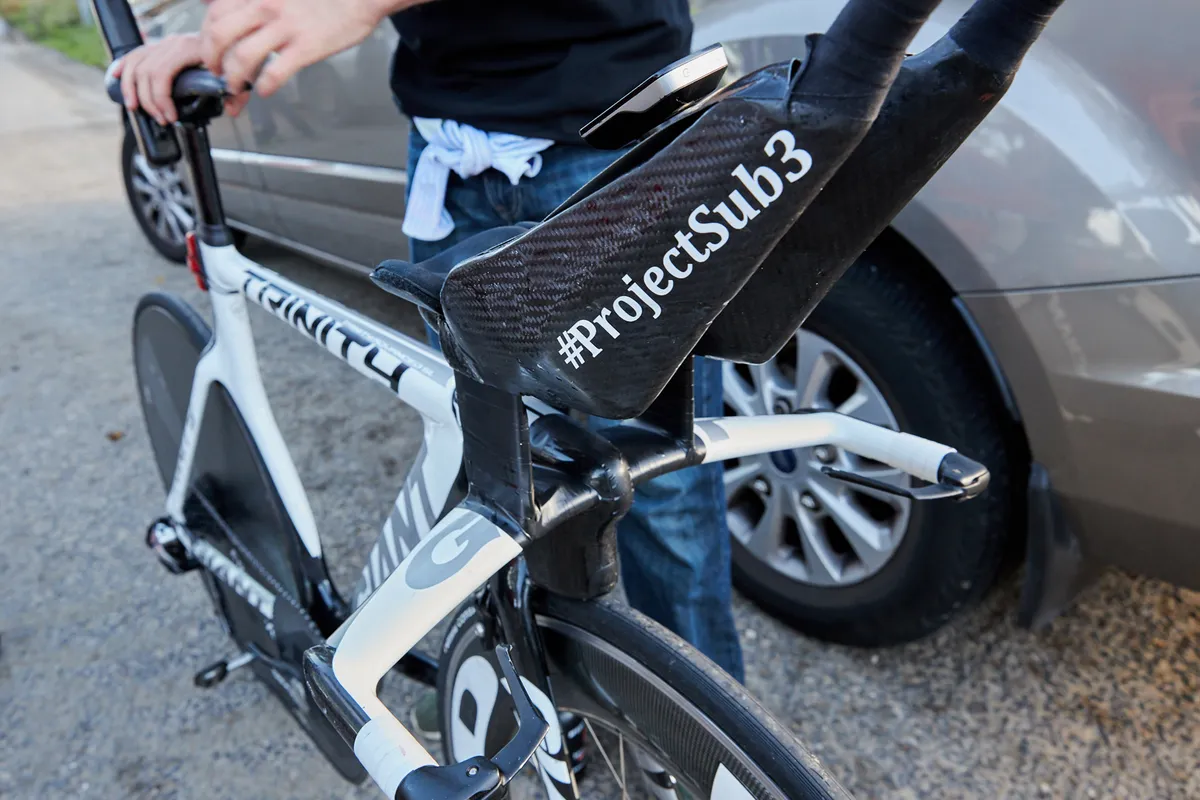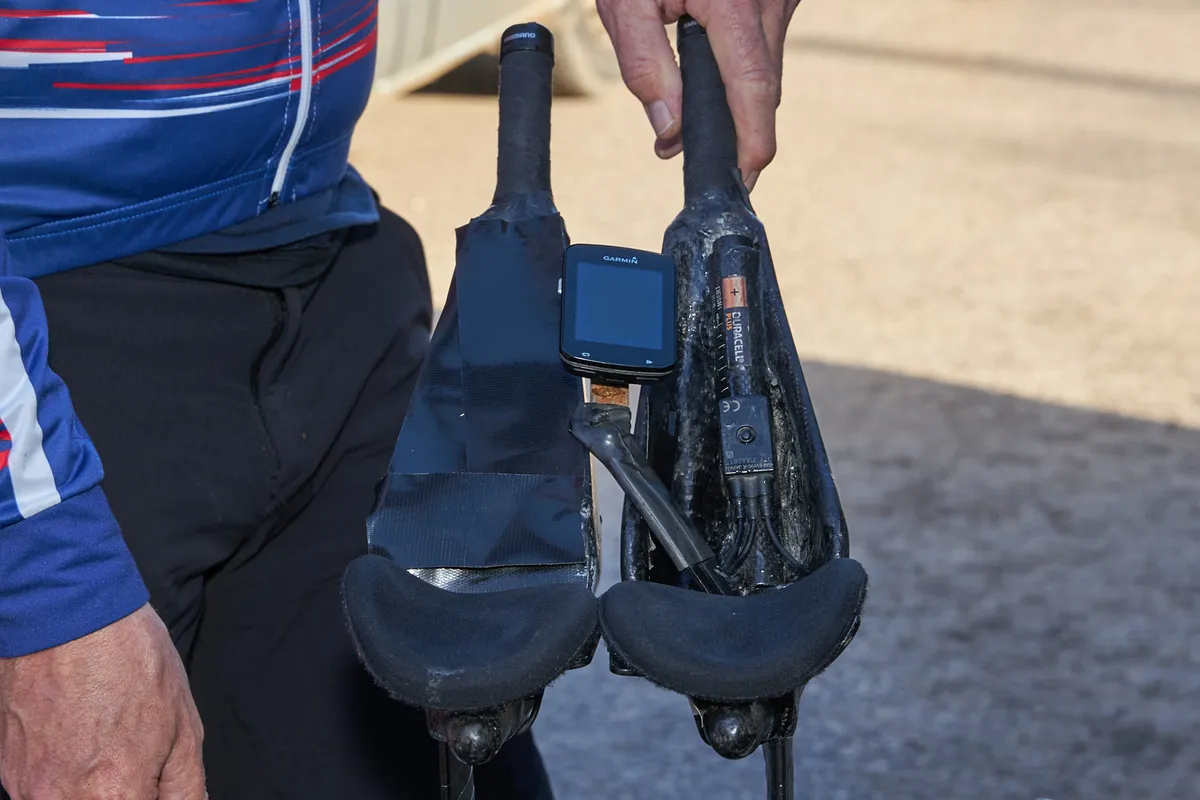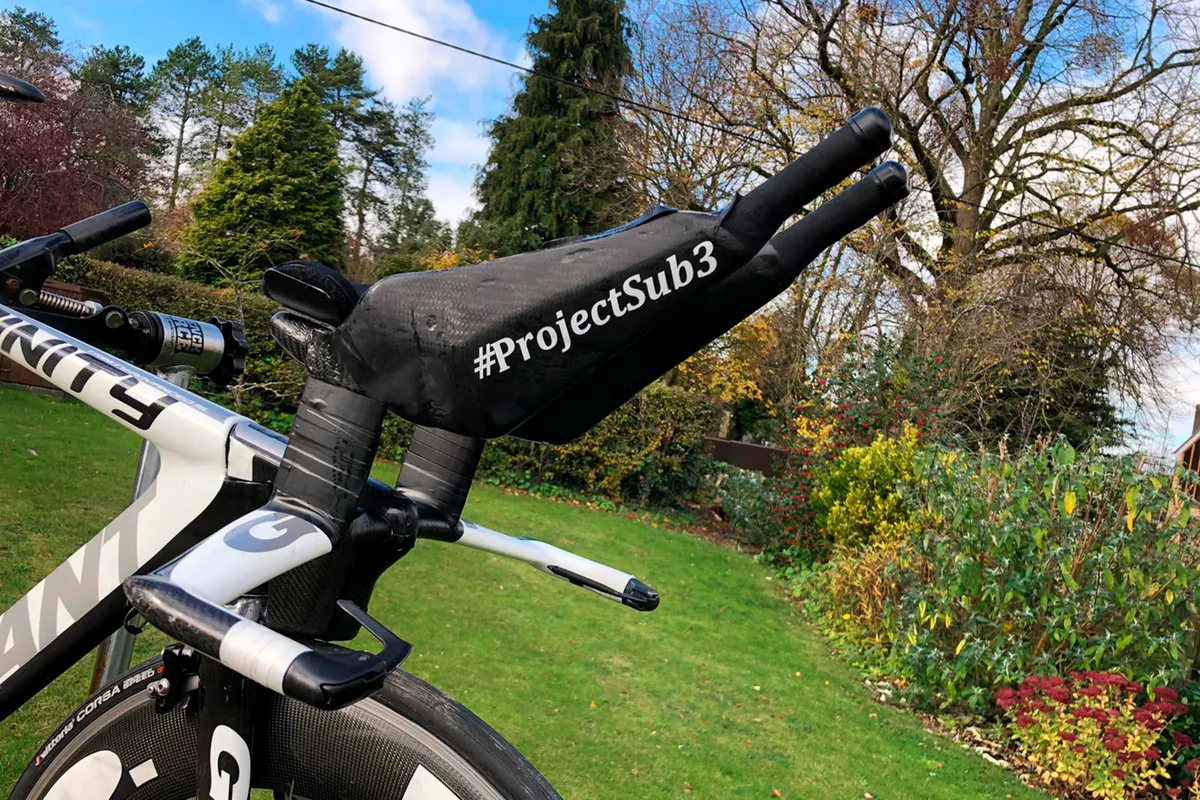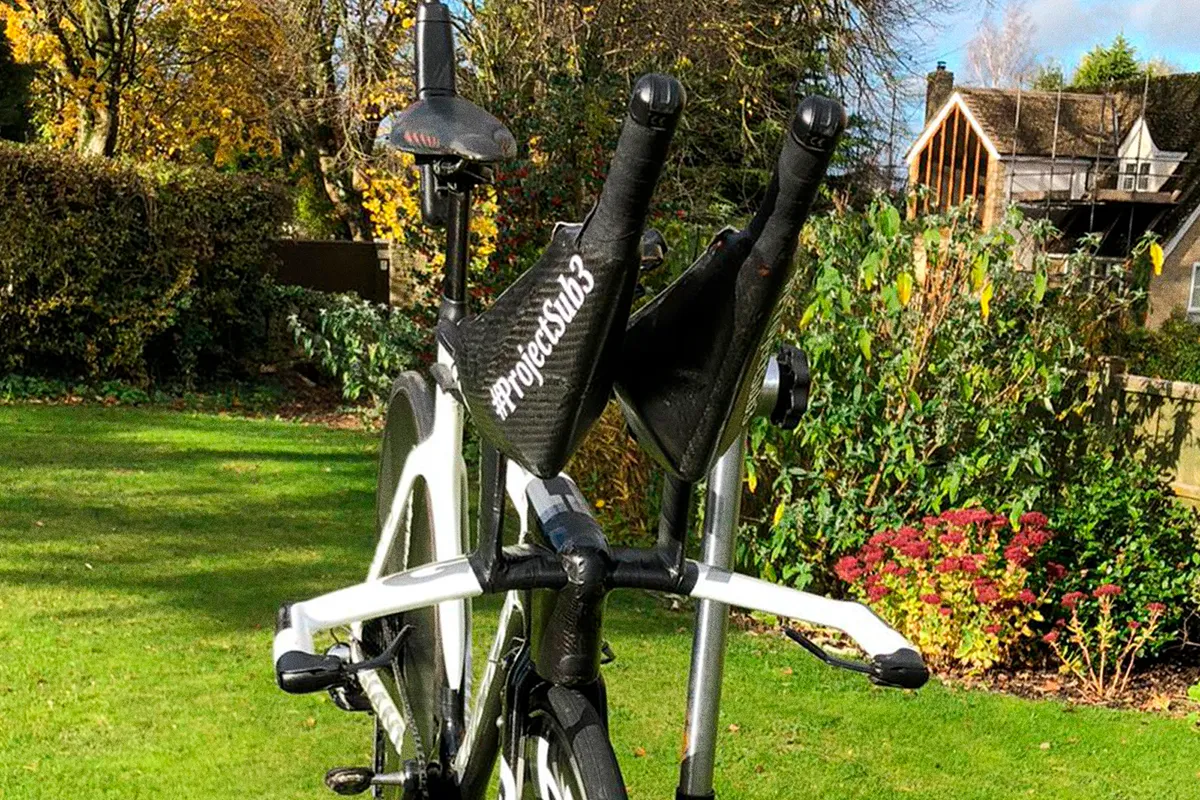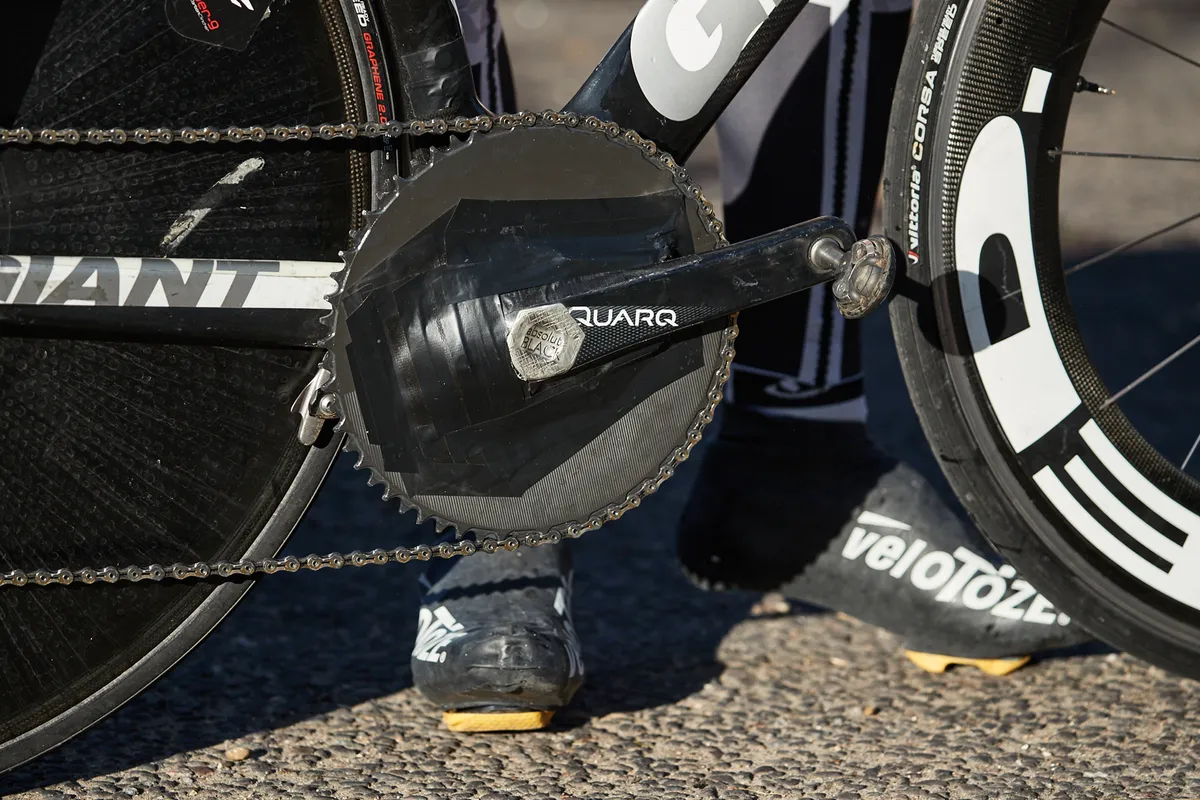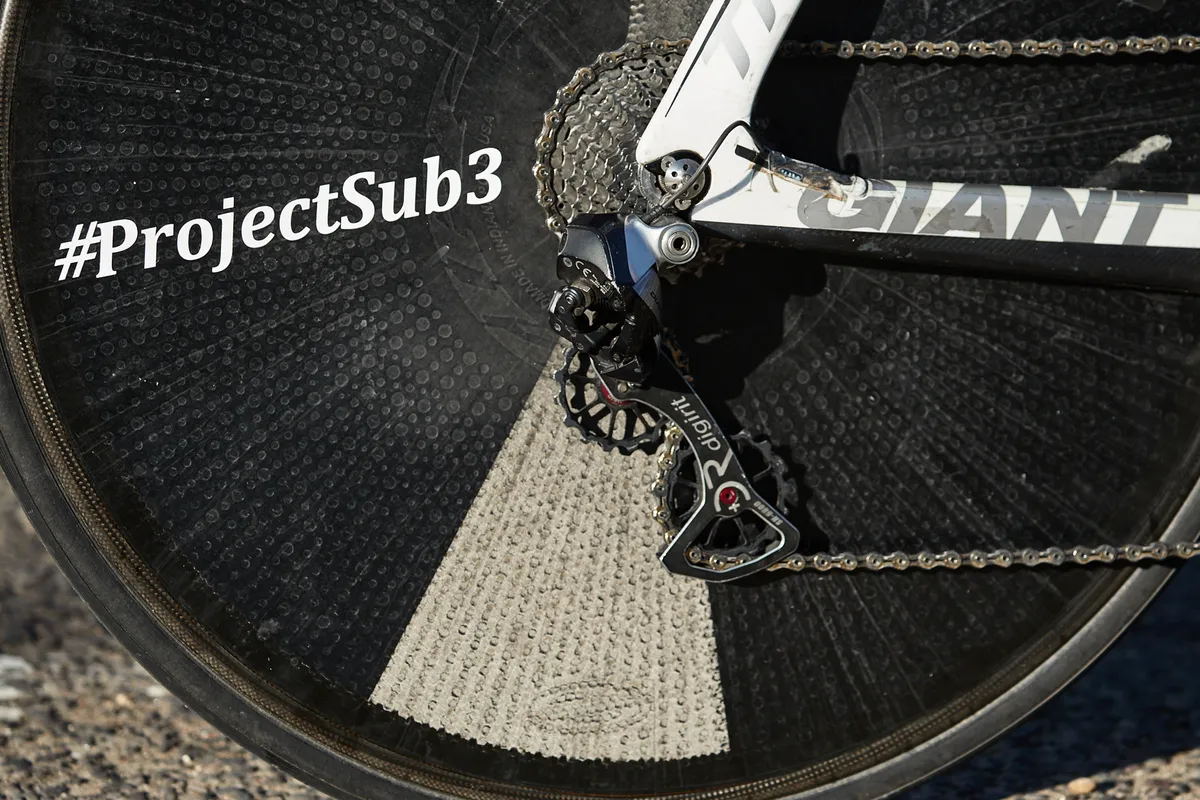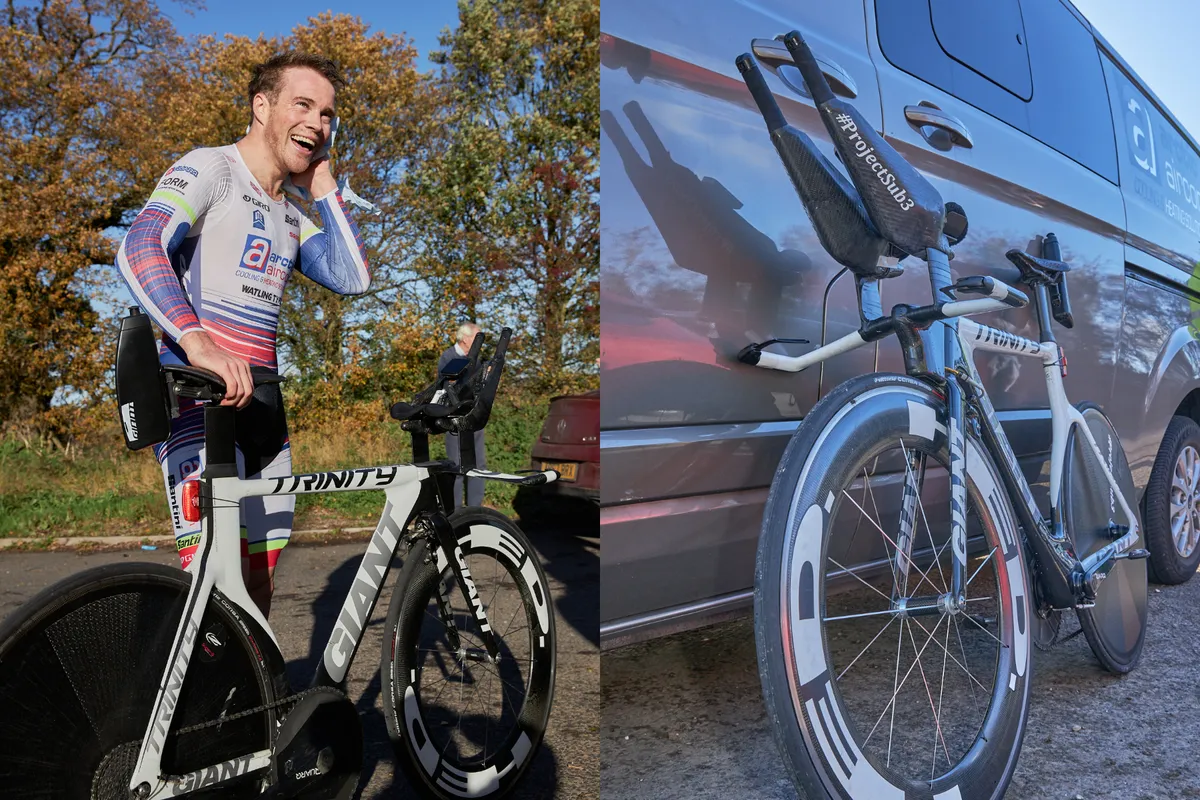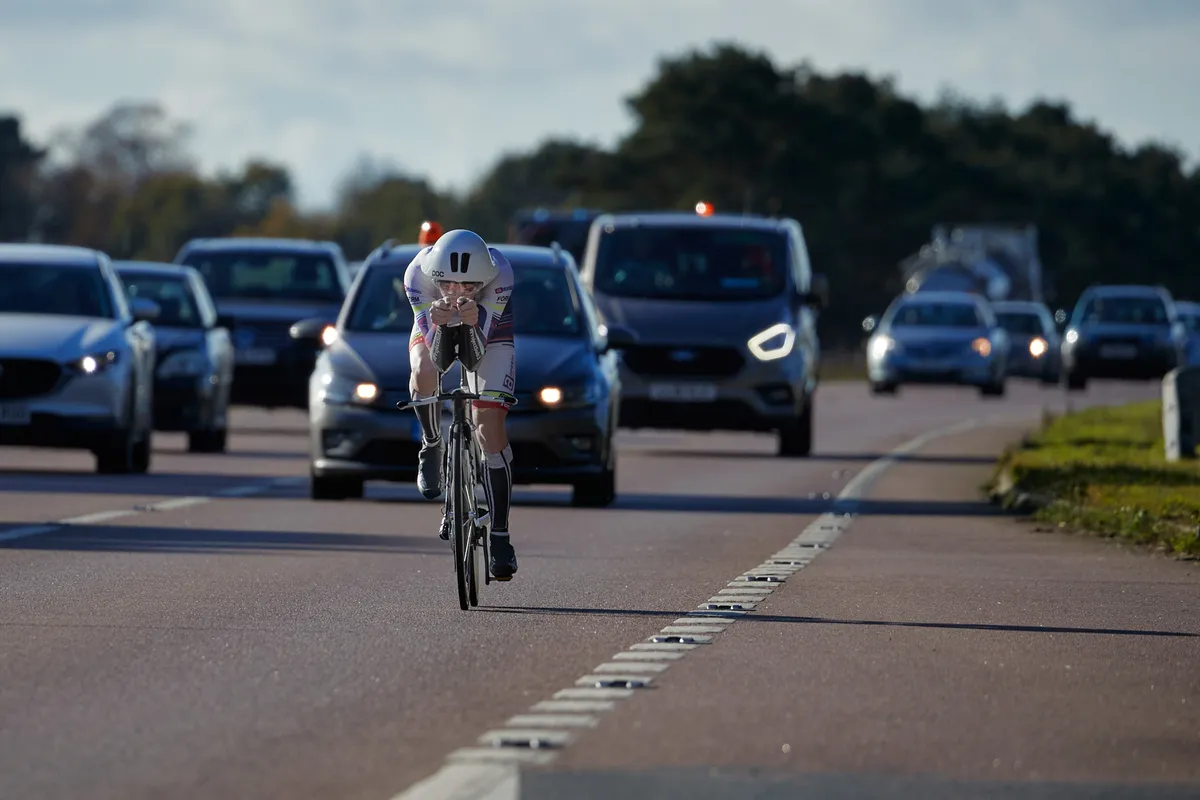On Monday morning, Jonathan Shubert of the Arctic Aircon Race Team, set out on an attempt to break the Road Records Association's (a British organisation that certifies road cycling records in Great Britain) prestigious 100-mile record.
Though his time and record are yet to be officially ratified, Shubert’s provisional finishing time was a mind-boggling 02:57:58. That's an average speed of 33.7142mph / 54.2577kph.
To put that into context, that’s ten 00:17:48 10-mile time trials or four 00:44:29 25-mile time trials, back to back. It’s almost Hour Record pace, for three hours. Frankly, it’s ridiculous.
Clearly, Shubert is a superlative athlete. He’s someone who has undoubtedly pushed his mind and body to the limit for years, in order to reach the level of athletic ability required for such a feat. And while Shubert is supported by a handful of sponsors, he is, for all intents and purposes, an 'amateur' , which makes his effort all the more impressive.
He also has an extremely efficient position on his bike. Shubert told BikeRadar that he has recorded some of the lowest CdA (Coefficient of drag multiplied by frontal area) numbers ever recorded at the Boardman Performance Centre wind tunnel.
Nevertheless, we know what you’re really interested in is his bike. It is, of course, a very fast bike, but it’s far from a money's-no-object superbike. Instead, it uses carefully chosen, sometimes homemade, solutions to improve its slipperiness and efficiency.
Let’s get into it.
Jonathan Shubert's 100-mile record-breaking Giant Trinity Advanced SL
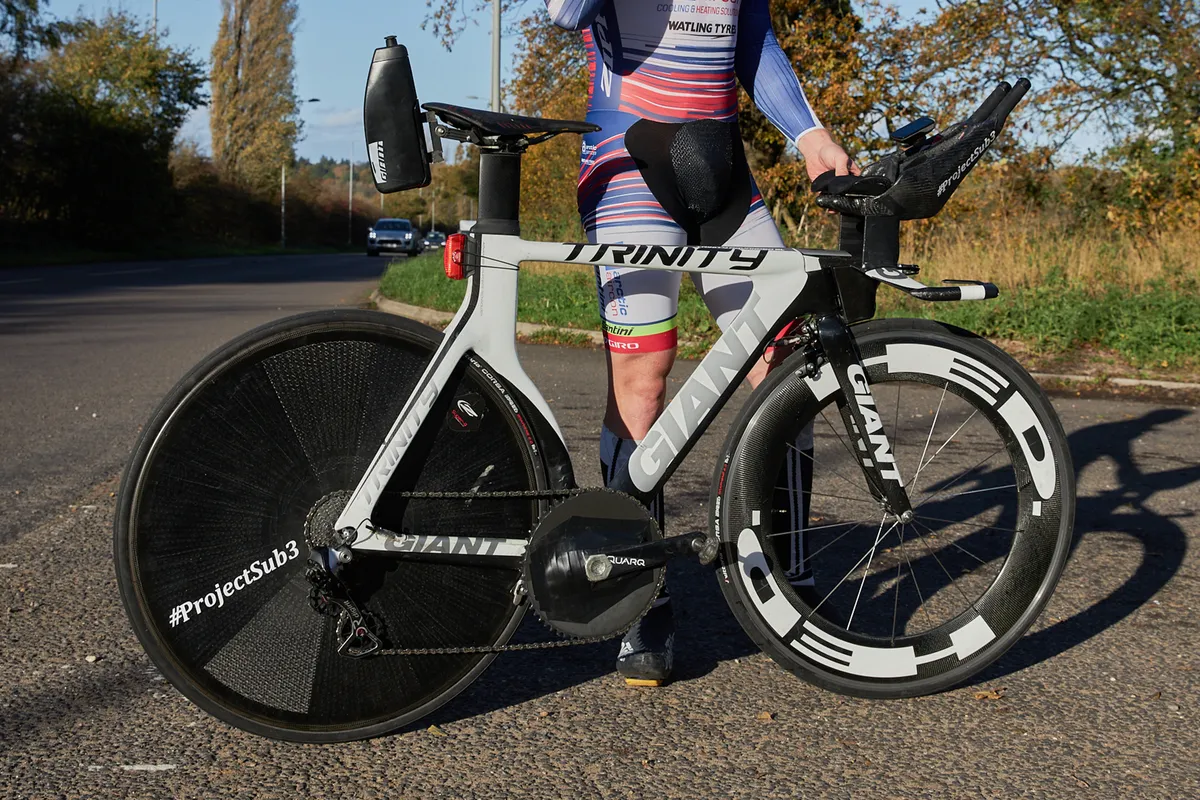
Shubert used the previous version of Giant's Trinity Advanced SL – a frame that's been around for over a decade now (we actually reviewed one back in 2011) – with a HED Jet 9 front wheel and a Zipp Super-9 rear disc wheel. The tyres were Vittoria Corsa Speeds, set up tubeless on the front wheel and with a latex tube in the rear.
As you might have guessed, the bike is decked out with a boatload of modifications and wind-cheating tricks. The most obvious of those being the wild, custom aero extensions.
The extensions were custom made out of carbon fibre by Shubert himself. We have seen similar aero extensions before from the likes of Aerocoach, Wattshop and Speedbar.nl, but these take the design to a whole new level.
The concept behind them all is similar – they are designed to smooth the airflow around the forearms and reduce aerodynamic drag – but because Road Records Association records aren’t governed by UCI rules, Shubert essentially had free reign to make the extensions as aero as he could.
According to Shubert’s testing, these extensions “save a minimum of 10 watts”. He also said there was a possibility these could soon be put into production on a much larger scale, specifically for the triathlon market.
He also used a monstrous 62-tooth narrow-wide chainring by Drag 2 Zero – though Shubert told BikeRadar it wasn't big enough on race day. “A 70-tooth chainring would have been better," he said. This was mounted to a Quarq power meter crankset, which had been heavily smoothed out using electrical tape.
This was done to mimic the effect of an aerodynamic crankset, like those made by Vision and FSA, at a vastly reduced cost. Shubert was perfectly happy to admit it doesn’t look as slick as the real thing, but pointed out that as far as the air’s concerned, it’s essentially the same.
According to a friend of Shubert’s, who happens to be a physicist, “moving parts like cranks, pedals and wheels have a really big effect on the airflow, and you don’t have to spend loads of money to get it right”.
Because your body is the largest cause of aerodynamic drag, getting your position and clothing right is even more important than getting your bike dialled in.
For this record, Shubert wore a Santini Viper TT skinsuit – similar to the ones used by the Trek-Segafredo WorldTour team – as well as NoPinz aero calf guards, Velotoze overshoes and a POC Tempor aero helmet.
He also admitted that the Giant aero water bottle mounted to the rear of the saddle was actually empty – it was just there to reduce aerodynamic drag. Instead, Shubert used a 2.5-litre Camelbak water bladder in the front of his skinsuit. According to Shubert, this also has a drag-reducing effect – up to 4 watts at race speed – and he even blew air into it after taking drinks during his ride, to maintain its inflated shape and maximise the effect.
No stone left unturned then.
To add a final layer of context, Shubert was happy to share that his average power for the first 80 miles (his power meter, unfortunately, cut out after that) was 285 watts. For someone who weighs about 68kg that is undoubtedly a lot (around 4.2 watts per kilogram, for those without calculators), but it's perhaps not as much as you might have guessed given how fast he rode.
Aerodynamics are the key to the puzzle. Going fast on a bike ultimately isn't just about who puts out the most watts. In fact, Shubert says that "aerodynamics are so much more important than power for things like this".
Aerodynamic drag and speed have a non-linear relationship, so if you want to double your speed, you'll experience four times as much drag and, crucially, need eight times as much power to overcome it.
Given there's only so much power any of us – even great athletes like Shubert – can squeeze out of our engines, the way to get faster is to reduce your aerodynamic drag. It even works for mountain bikers.
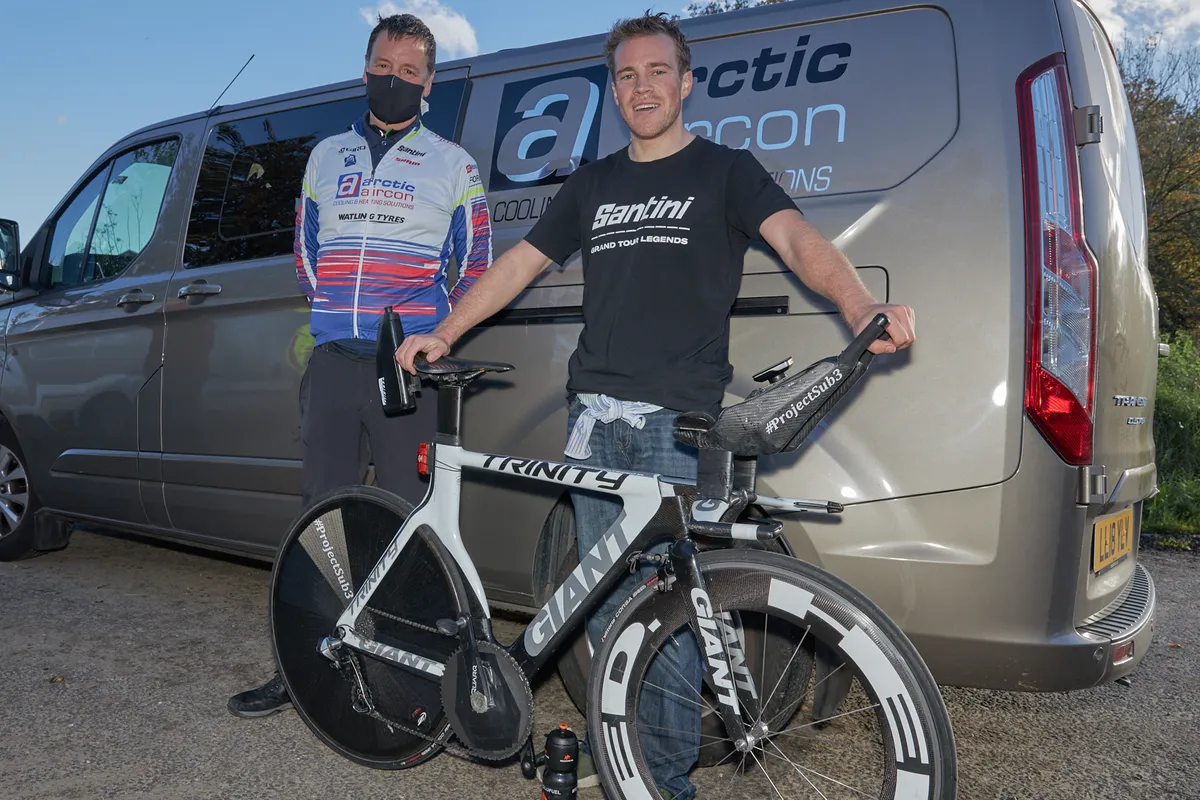
This is one of the things that makes time trialling so special. It's not just a pure power contest.
As for why he chose to target the 100-mile record specifically, Shubert said: "The 100 is special because it's such an iconic distance – practically every cyclist can remember their first century and how long it took them".
He's certainly right about that.

